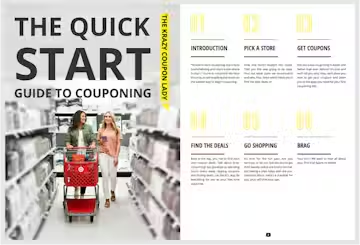Travel Tips
Whether you’re looking for last minute travel deals or ideas for a cheap vacation for the family, KCL has the tips and tricks you've been trying to find on travel sites. We’ll teach you how to save money at Disney World, a Disney Cruise or Six Flags. Or read about how to find the best travel credit card, or outsmart the airlines with tons of travel tips.













